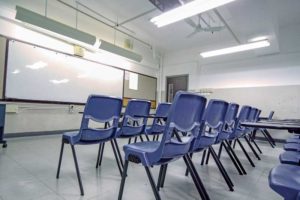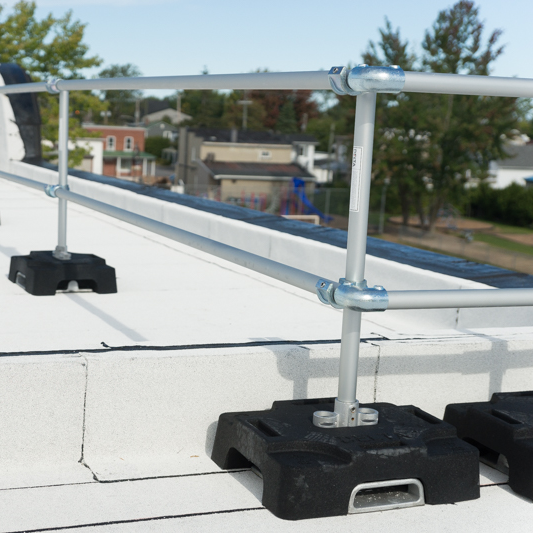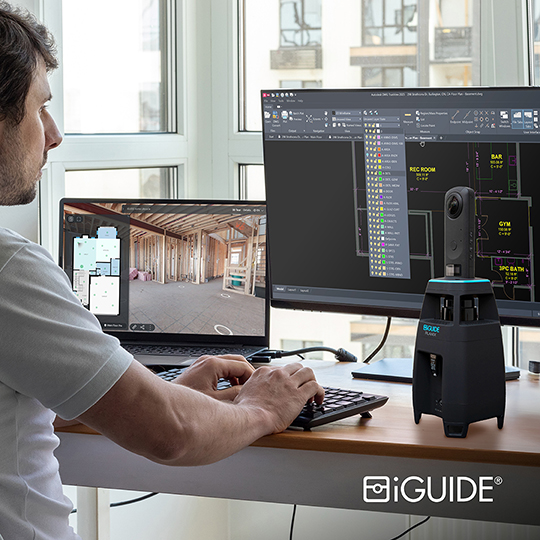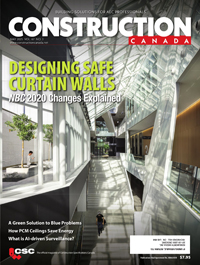Lighting the multifunctional classroom

Photo © Monkey Business Images/Shutterstock.com
Classroom configuration
Both K-12 and higher education classrooms are abandoning the traditional eyes-front configuration as pedagogy and technology evolve. Lessons have become more hands-on and interactive, and thus the space is more fluid. Chairs and desks are clustered together rather than lined up in a neat, uniform grid.
Douglas Bencks, university architect at the University of New Hampshire, Durham, NH, works directly with a classroom maintenance committee to make decisions about each space on campus. He describes how many classrooms are broken into teams.
“It is an interactive kind of learning, typically in groups of nine,” Bencks states. “There is no front-of-the-room. The instructor is walking around while students work on a particular problem. They may display examples.”
For buildings and classrooms housing similar classes, the ideal lighting would be equally flexible, but what does flexibility mean for lighting solutions?
Cory Dear, designer at Corgan in Dallas, TX, explains. “This is something we are starting to see across building types. It is not just in education; it is in the corporate environment as well.
The need to collaborate is everywhere, and collaborative spaces need lighting that can adjust to the activity level. One moment you want to wash a wall, and the next minute you want to throw light into the classroom.”
This capability is invaluable if done correctly within the lighting controls themselves.
Controls
The classroom is a hard-working space with busy occupants. Lighting should be designed to make the work easier, not complicated. Controls are one aspect specifiers worry about in the education market.
“Too much complexity in lighting control is not really wanted,” says Jamey Alverson, project manager at KRJ Architects, St. Louis, MO. “The way people still operate in schools is you walk into the room, you reach your hand out to the left, and you flip the switch on or off.”
Teachers should not have to learn complex control systems to optimize their learning environment.
Kimberly Colyar, project architect at SMP Architects in Philadelphia, PA, says “Specifiers are not looking for high-end controls. It is already not a concern.”
On the other hand, smart features can also be an integral part of classroom design and drive costs down.
Jeanmarie Zimmerman, healthcare architect and planner from Los Angeles, CA, discusses how to make controls easier for instructors.
“For example, a control panel allows a professor to choose their own scene vs. a system shared by a number of educators,” she says.
Digital screens

Photo © Cozyta/Shutterstock.com
Technology has also had an impact on lighting design. With more students using digital screens throughout the class period, indirect lighting is necessary. The IES handbook describes how, unlike books, digital screens have inherent contrast helping people perceive detail. As such, during screen time students only need indirect light for vertical illuminances and facial recognition.
This is especially critical for eliminating glare. Direct lighting produces glare on screens, and IES does recommend certain illuminance levels for classrooms using non-reflective screens. However, students may be using their own laptops or tablets. Designers cannot accurately predict the angle and location of every digital screen in the room. In most classrooms now, the ideal luminaire provides indirect or direct lighting that can be controlled during digital screen use.
Adaptability and longevity
At the same time, the space cannot be built too specifically for current technological trends.
“We cannot update our classrooms often, not at the rate technology is changing and adjusting,” says Bencks. “We have to make choices. We have to be as current or progressive as possible, while acknowledging it may be five or 10 years before we get into this classroom again.”
The average school building is meant to last 40 years or more. Individual components may obviously be replaced in that time, but the overall financial spirit is cautiously resourceful. Zimmerman recalls one school that had to temporarily use trailers to house their classrooms.
“Forty years later, they are still in those trailers,” she says.
“Maintenance is important,” says Colyar. Education facility managers care about whether or not a product is easy to replace, repair in place, or remove and fix.
“Facility staff used to keep a bunch of light bulbs stocked,” says Colyar. “Now they want to know what happens when a diode fails.”
Standardization has seen a big push in the lighting industry. Luminaires answering the need for longevity are very important. Zimmerman highlights Zhaga compliance, the lighting industry standardization for interfaces between light-emitting diode (LED) luminaires and light engines so sources can be interchanged between products made by different manufacturers.
The more specialized the lighting is, the harder it is to replace down the road. Compatibility with controls could also be problematic as the controls may need to be updated when the lighting is replaced.







